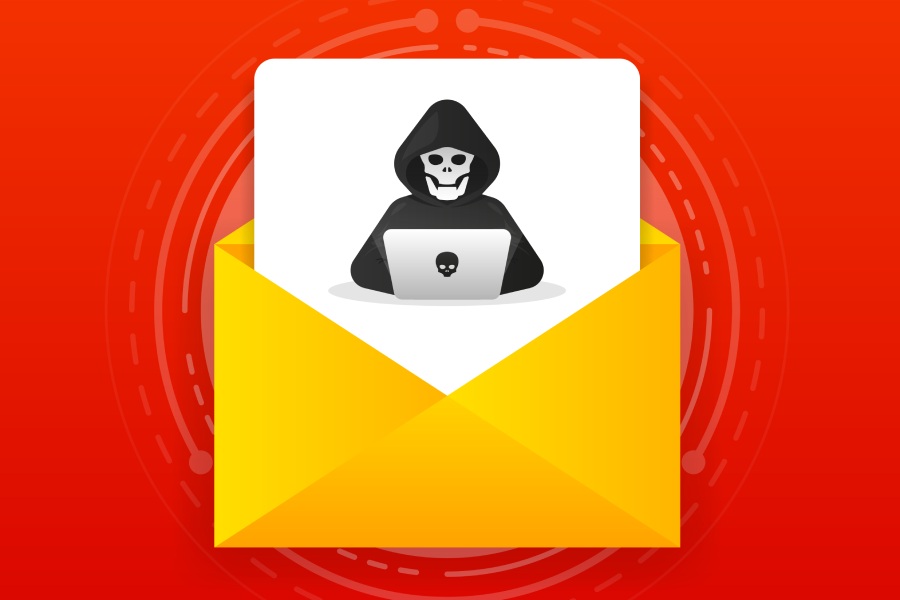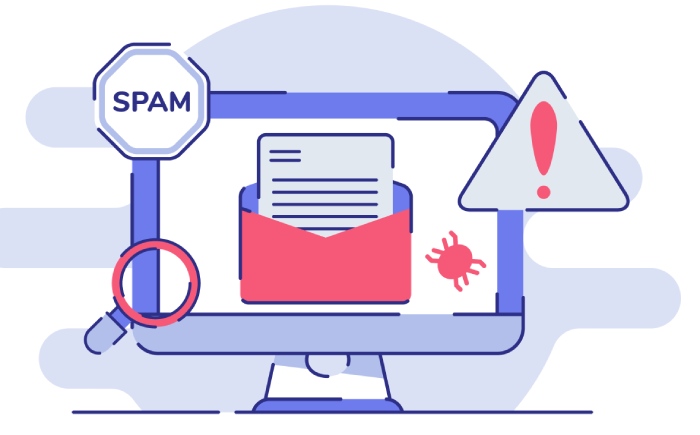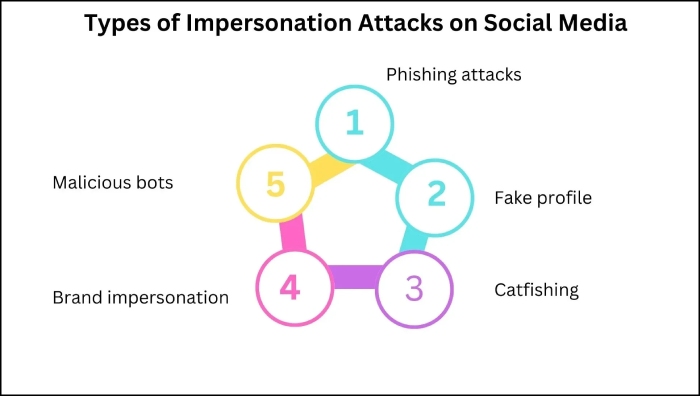Why is Sending Forged and Impersonated Emails Easy?
On average, 3.4 billion forged emails are sent each day, and in the fourth quarter of 2023 alone, 1339 brands became victims of phishing attacks. The number of such instances is increasing year by year because email forging is becoming easier with automated tools, artificial intelligence, cybercrime-as-a-service (CaaS), etc. In fact, as per a report by SlashNext, there has been a 1,265% increase in phishing attacks in the 12 months from Q4 2022 to the end of Q3 2023.
Considering all the recent reports and statistics, forged emails are becoming a concern across industries. Companies have started taking cybersecurity seriously, and if you are also on the same path, then it’s important that you understand why exactly it’s easy to send forged emails. Without knowing the base, your cybersecurity effort can take a toll.
That’s why this blog talks about email system vulnerabilities and the means to patch them.
Why Forging Emails is Easy?
There are several reasons contributing to making emails a vulnerable medium for communication, but here are the top ones-
Email Protocols Lack Built-in Authentication Methods
SMTP service was designed with the purpose of making email exchange a simple process, and hence, no effort was directed at making it secure as well. Therefore, there is no by-default technology to verify the legitimacy of email senders.
That’s why it’s easier for threat actors to impersonate anyone and send emails in their names. Since recipients’ mailboxes have no built-in authentication method, forged emails land in primary inboxes.
In most cases, recipients are tricked into thinking that emails have come from trusted and known sources, prompting them to take the requested action, such as sharing sensitive details, wire-transferring money, downloading malware-infected files, etc.
Faking Sender Details in Headers is a Quick Job
Bad actors easily fake sender information in email headers because of the inherent design of SMTP, which allows easy customization. They also use social engineering tactics and exploit trust by deceiving recipients using simple tools and techniques. Everything is possible due to the lack of verification of header details in email protocols.
Email Servers Don’t Verify Senders’ Authenticity
When you send an email, it travels from the sender’s server to the recipient’s server. However, if the recipient’s server doesn’t have an external mechanism to verify the legitimacy of the sender, it can’t detect forged messages.
This loophole lets anyone send emails pretending as someone and from a different address or with false information. What’s worse is that people are not well-trained to scrutinize emails, so they end up getting targeted.
This lack of verification creates a convenient avenue for individuals to send forged emails because no measures are in place to confirm the sender’s authenticity or the email’s integrity.
What’s the Solution?
It’s not easy to entirely ward off phishing attacks, but a combination of a few techniques can surely minimize their probability and keep you secure.
SPF, DKIM, and DMARC are email authentication protocols that help recipients’ servers check the authenticity of senders, ensure the email contents were not modified in transit, and direct the receiving mailboxes on how to handle illegitimate emails sent from your domain.
Implementing these protocols can significantly reduce the risk of email-based threats and improve trust in email communications.
To get started with SPF, DKIM, and DMARC, reach out to our team. We will make the initial deployment and monitoring journey easier.


